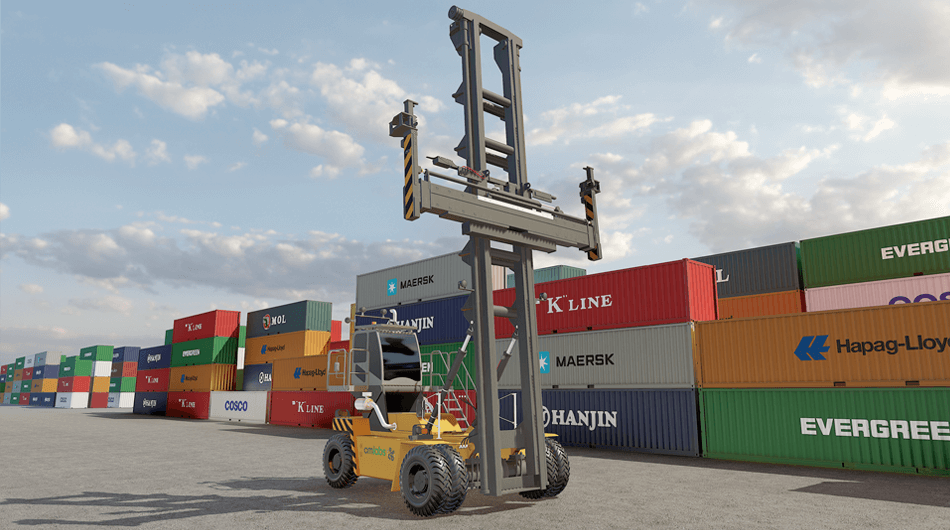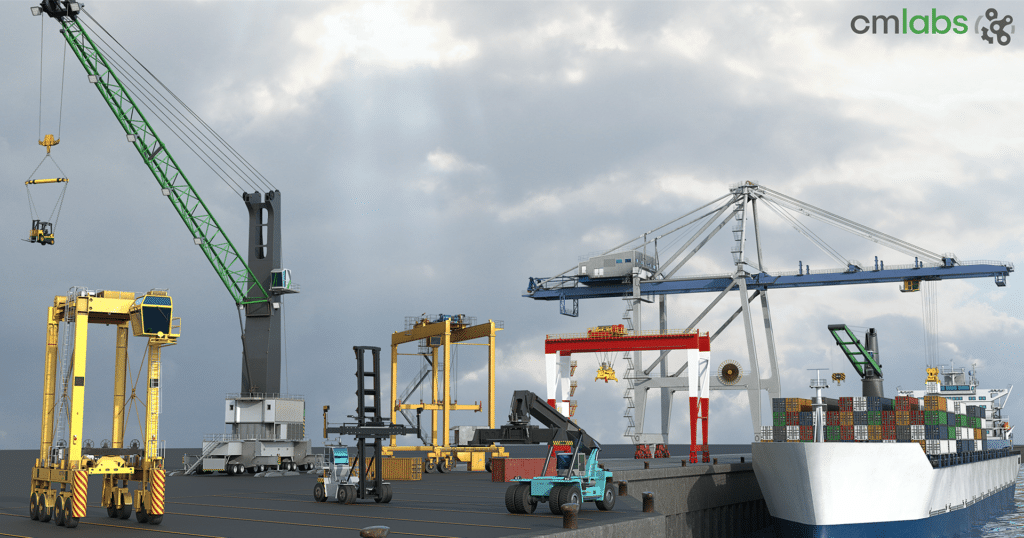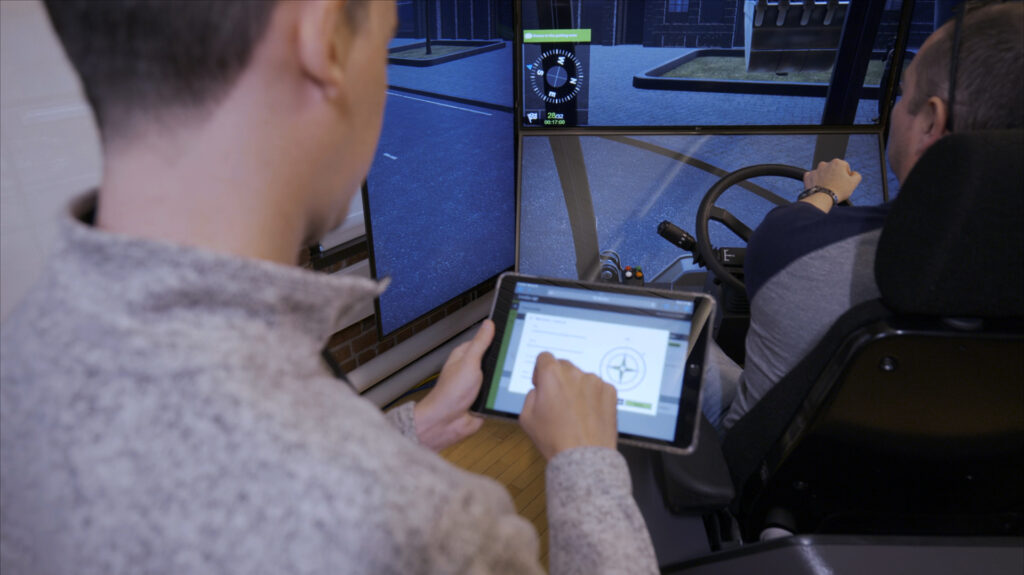Featuring processing optimizations, more built-in sensor extensions, a higher level of graphical fidelity, and a new, flexible subscription model, the updated Vortex Studio 2019a makes it easy for users to add Vortex Studio to their toolchain while also providing robust simulation capabilities.
Montreal, QC, April 26, 2019 — CM Labs Simulations today announced Vortex® Studio 2019a, a significant update to the industry-leading Vortex Studio software suite for real-time simulation and virtual prototyping of complex mechanical systems. Vortex Studio 2019a adds an upgraded simulation engine, enhanced graphics, and additional sensor extensions, as well as revised software packages and subscription terms.
Solver Enhancements
Moving to improve simulation capabilities and optimize computing resources, Vortex Studio 2019a has updated its patented parallel solver—providing users with major performance enhancements. “The new solver produces significant improvements to simulations; in some cases, we’re seeing a 50% reduction in processing time,” Marc-Alexandre Vezina, CM Labs’ product manager for Vortex Studio. “Users will notice this in large scenes with many rigid bodies. For example, in a port with hundreds of simulated shipping containers, you can dedicate computing resources to keeping vehicles running smoothly without the slowdowns typically caused by complex scene interactions.” The updated solver has been further optimized to reduce memory overhead, for even better dynamics performance. To make this process easier, a new Automatic Solver Groups extension has been added to Vortex Studio, removing the manual work of optimizing how components are grouped—streamlining the workflow of moving from simulation design to deployment.
Simulated Sensor Extensions
As part of the drive to allow advanced engineering teams to integrate sensors into systems simulation, CM Labs has added three new extensions to the Sensors library—the Part Distance Sensor, Geometry Distance Sensor, and Depth Sensor. “The era of autonomous machines is being driven by the ability to capture, analyze and act on data from the outside world,” said Lisa Barbieri, CM Labs’ Vice President of Marketing & Customer Experience. “For teams looking to develop, test, and refine automated systems through simulation, a diverse range of sensors is crucial.” Providing more ways for control systems to interpret the simulated world, these sensors are the first step towards the simulation of automated systems in a virtualized environment, one which can provide value for eventual real-world deployment.
Upgraded Graphics Capabilities
In Vortex Studio 2019a, multiple graphics elements—and their controls—have been augmented to allow for more granular—and truer-to-life—scenario development. Firstly, the lighting halos system has been completely redesigned for better performance and ease of use. Lights placed into the simulation now come with a built-in Halo extension, customizable to each light. This makes night-time and sub-sea scenes more accurate, with powerful flood lamps showing different behaviours than small on-dashboard LED indicators. Similarly, for scenes involving inclement weather or underwater murk, the fog feature has been improved with a new mathematical model, allowing for fog height and fade to be set independently. For vehicles, a new Vehicle Trace extension is available, smoothly producing tracks caused by movement across the terrain—including wheels, tracks, or any equipment that scrapes the ground, such as farming implements or the teeth of an excavator bucket. Vezina elaborated on the value of these improvements. “Everyday, more and more people are being exposed to simulation. To drive better user engagement and immersion, it is crucial to provide visual experiences that reflect real life.”
New Subscription-based Packages
Finally, in an effort to make the process of adding Vortex Studio to workflow as seamless as possible, Vortex Studio’s pricing and packaging models have been revised to more flexible, workflow-focused packages on an annual subscription model, providing teams with the option to add tools as needed, with room to scale capabilities as required. For more information on software packages and pricing, please contact Vortex Studio sales. For the full list of features added to Vortex Studio 2019a and hardware compatibility, please refer to the complete release notes.
About CM Labs Simulations
For over 20 years, CM Labs has provided physics-based simulation capabilities that set the industry standard for interactive 3D simulation and visualization. Through its Vortex Studio platform, CM Labs provides capabilities for training simulators, mission rehearsal, serious games, virtual prototyping, and testing. Vortex Studio customers include CAE, BAE Systems, Cubic Global Defense, L-3, Lockheed Martin, NASA, Volvo, and over 100 other leading companies and academic institutions. Vortex® is a registered trademark of CM Labs Simulations. For more information, contact [email protected], or visit CM Labs Simulations.


